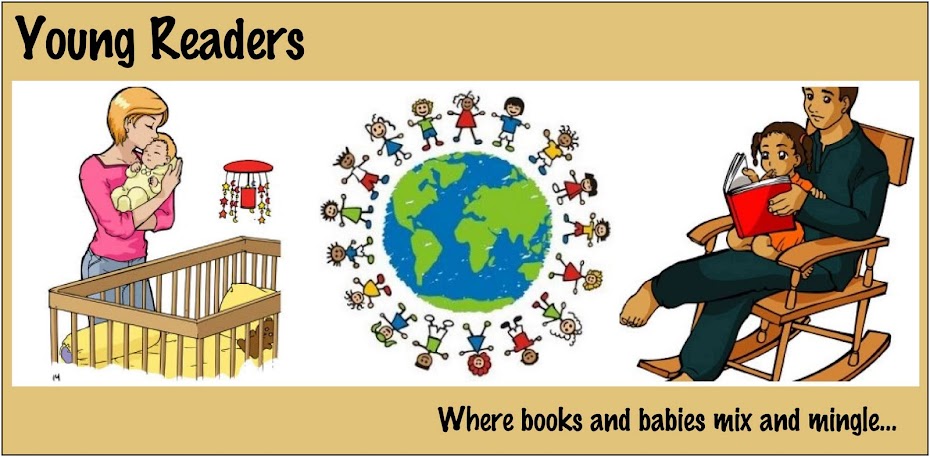The Retake. Jen Calonita. 2021. [February] 272 pages. [Source: Review Copy]
First sentence: I held my cell phone high in the air to get the optimal angle and snapped a photo of me sticking my tongue out. Then I sent it to my best friend, Laura, pleased that the picture was cropped so tight I wouldn’t give away my surprise.
Premise/plot: Zoe and Laura are best, best, best friends and always will be...won't they? This middle grade coming of age novel stars Zoe Mitchell. It's the dawn of seventh grade, and things aren't looking the greatest for these bffs. Zoe is worried--and rightly so--that her best friend has moved on during the summer. (Zoe vacationed with her family while Laura starred as Molly in a production of Annie and made a bunch of new friends.) The novel opens with drama...and stays consistently dramatic throughout as Zoe tries again and again and again and again and again--via a time travel app on her phone--to repair the friendship and set things "right." Is this friendship doomed? And will Zoe be able to make peace if it is? Are there other classmates with best friend potential?
My thoughts: I LOVE, LOVE, LOVE, LOVE, LOVE, LOVE, LOVE the premise of this one. I was fascinated with the idea of a time traveling app. (It would be DANGEROUS in real life, I am certain.) This time travel app works through the photos on her photo stream. The app can transport her to (and from) any moment(s) captured in photos. This gives her quite a few possibilities or opportunities to relive experiences and perhaps make changes. But all changes--no matter how small--have consequences. I am really so glad that we travel back to the future each time to see what those consequences are.
The premise worked for me. I found it fascinating, compelling, and relatable. Who wouldn't want chances to fix the past and "set things right"?!?! This one is focused exclusively on fixing or repairing a friendship that is falling apart.
What I ended up loving even more, however, is the relationship between the two sisters--Zoe and her older sister Taryn. I honestly can't say that family was the main emphasis in this one--but the sister relationship IS key. I loved seeing all the alternate futures where these two are closer...and how in seeking to restore her friendship with Laura...she's learning--albeit unawares--how to repair her friendship with her sister.
I thought this was a great coming of age story.
© 2020 Becky Laney of Young Readers











